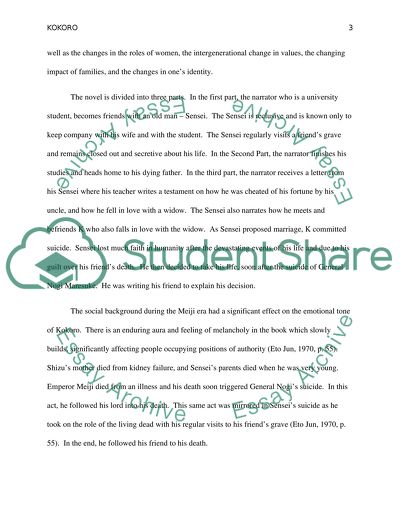Cite this document
(“Words and Pictures Across Cultures - Kokoro Essay”, n.d.)
Words and Pictures Across Cultures - Kokoro Essay. Retrieved from https://studentshare.org/literature/1399408-words-and-pictures-across-cultures
Words and Pictures Across Cultures - Kokoro Essay. Retrieved from https://studentshare.org/literature/1399408-words-and-pictures-across-cultures
(Words and Pictures Across Cultures - Kokoro Essay)
Words and Pictures Across Cultures - Kokoro Essay. https://studentshare.org/literature/1399408-words-and-pictures-across-cultures.
Words and Pictures Across Cultures - Kokoro Essay. https://studentshare.org/literature/1399408-words-and-pictures-across-cultures.
“Words and Pictures Across Cultures - Kokoro Essay”, n.d. https://studentshare.org/literature/1399408-words-and-pictures-across-cultures.


